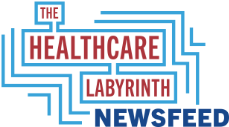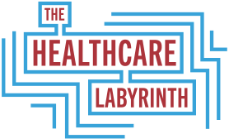
October 7, 2025
Medicare Part D Program For 2026 Analyzed Healthcare policy group KFF does its usual fabulous job analyzing Medicare Part D. In its new briefer, KFF sends a bit of a cautionary tale. While choice continues to exist in standalone Part D (PDP), the program continues to face financial headwinds and contract. KFF finds: A series of misguided cost-sharing reductions made by Democrats in the Inflation Reduction Act has created a difficult financial environment for Part D, causing plan exits and eroded benefits. The total number of stand-alone drug plans available in 2026 will fall for the third year in a row, as plan sponsors scale back their PDP offerings. But plans did their best to keep premiums low to avoid even greater concerns. Consumers likely will see higher costs within the benefit design. The big question is what will happen if and when the special premium stabilization program expires. Additional








